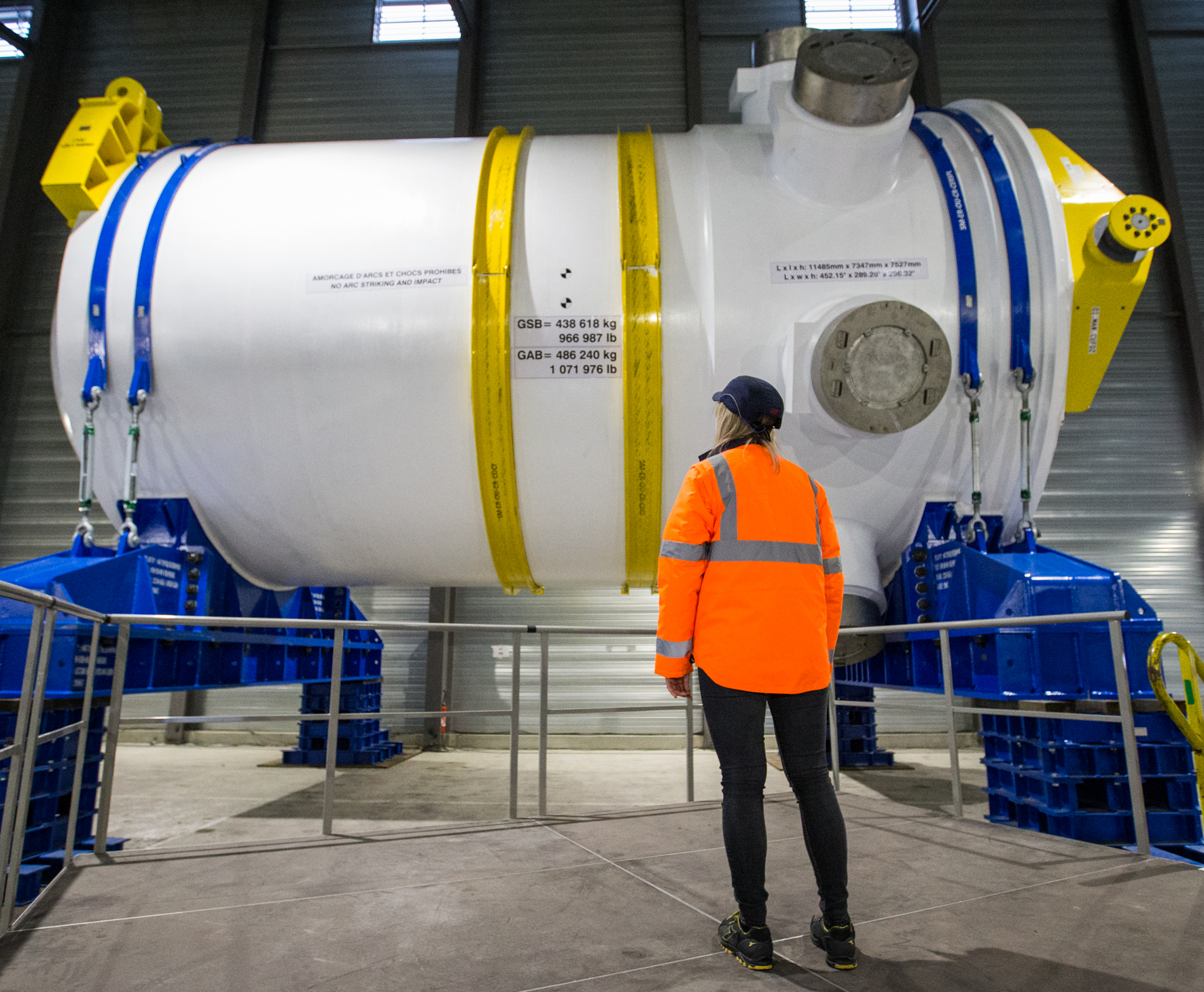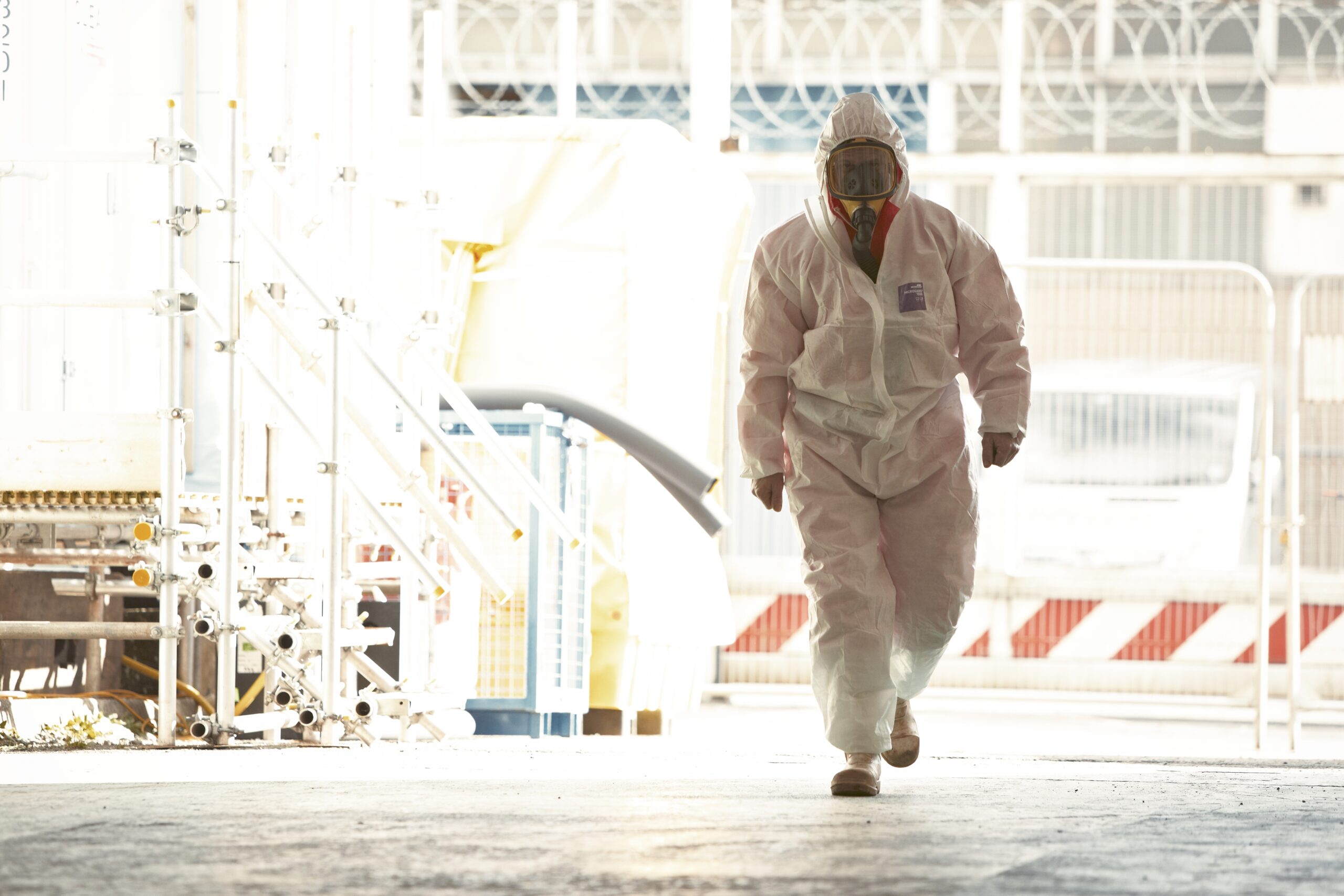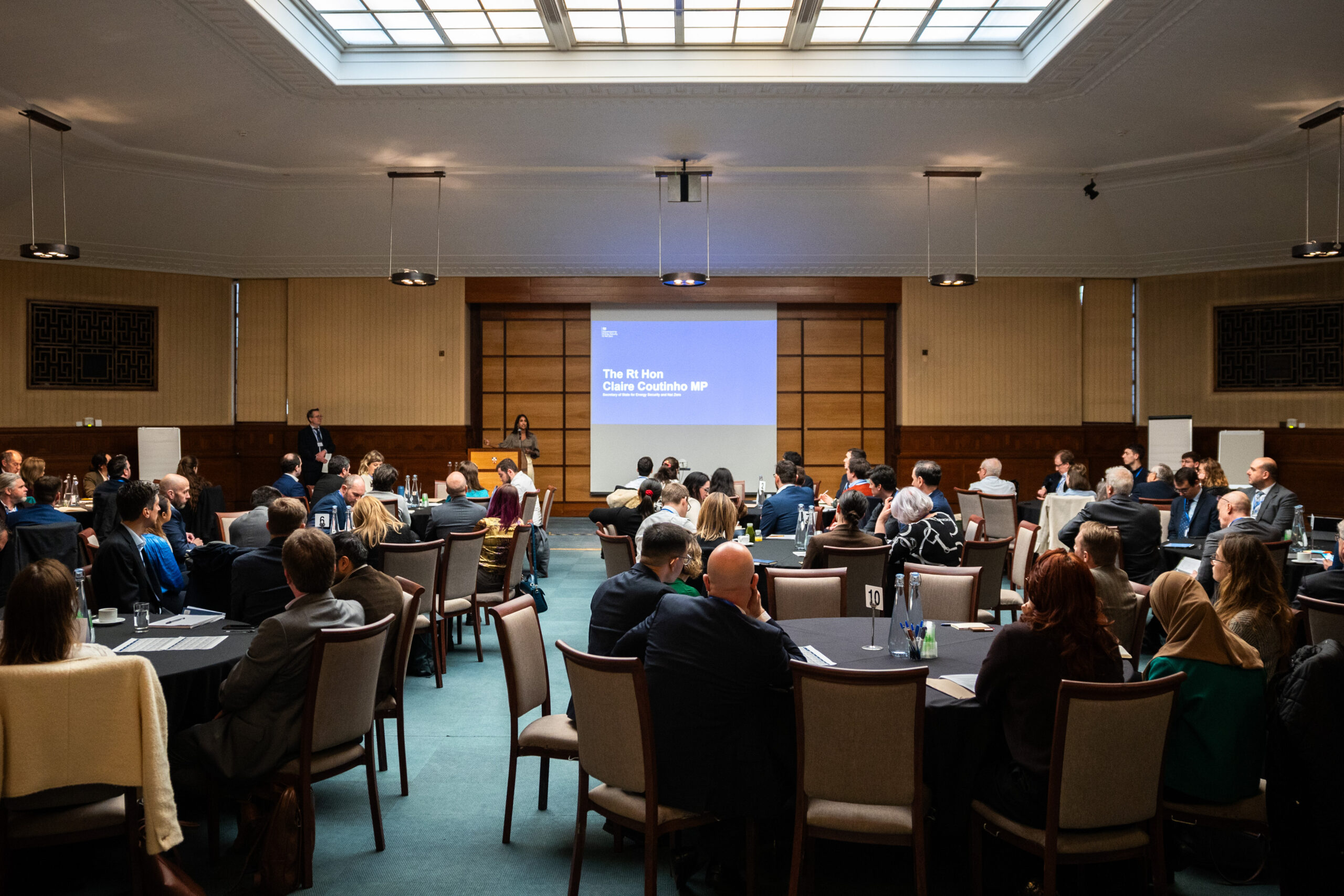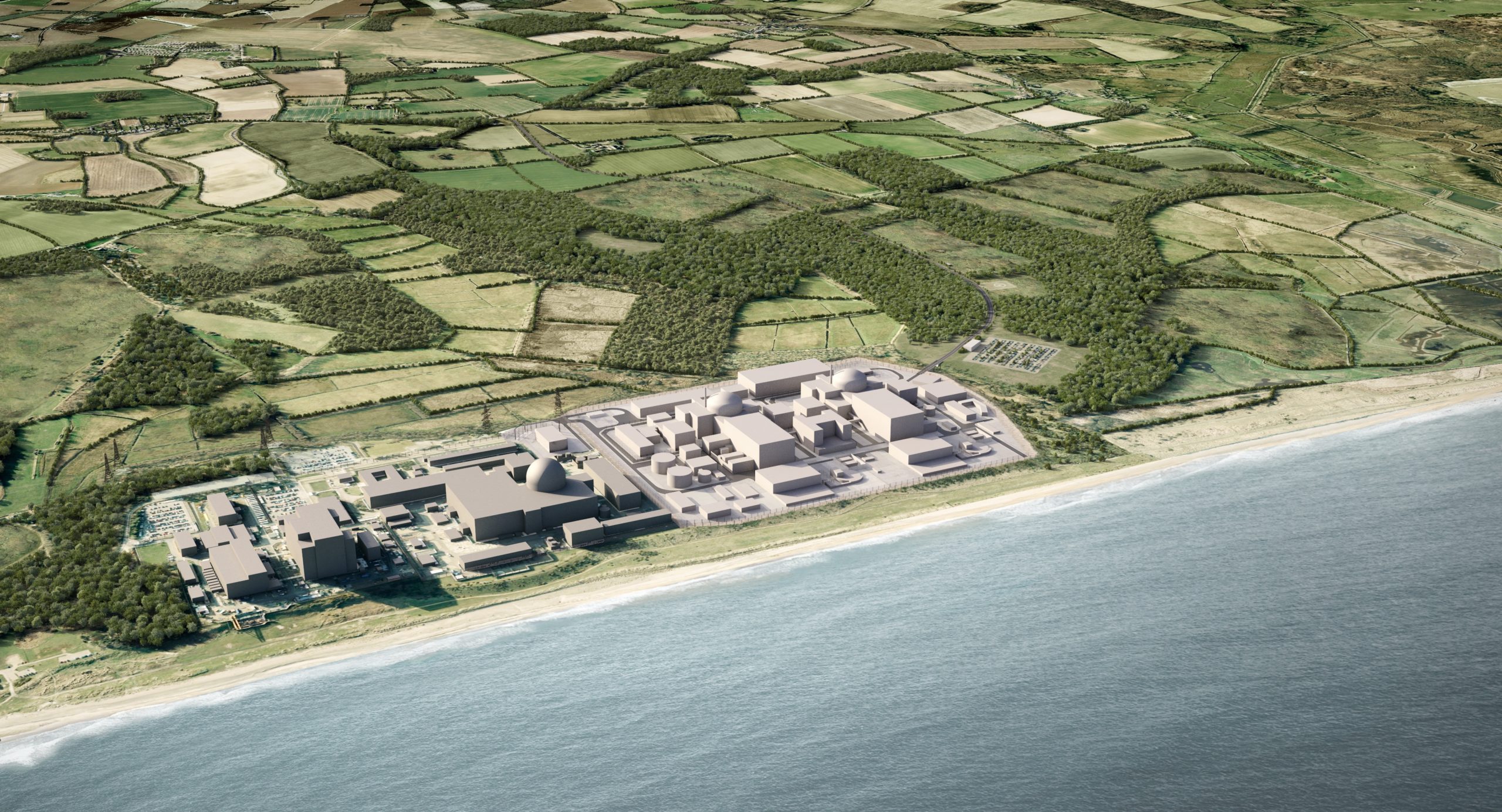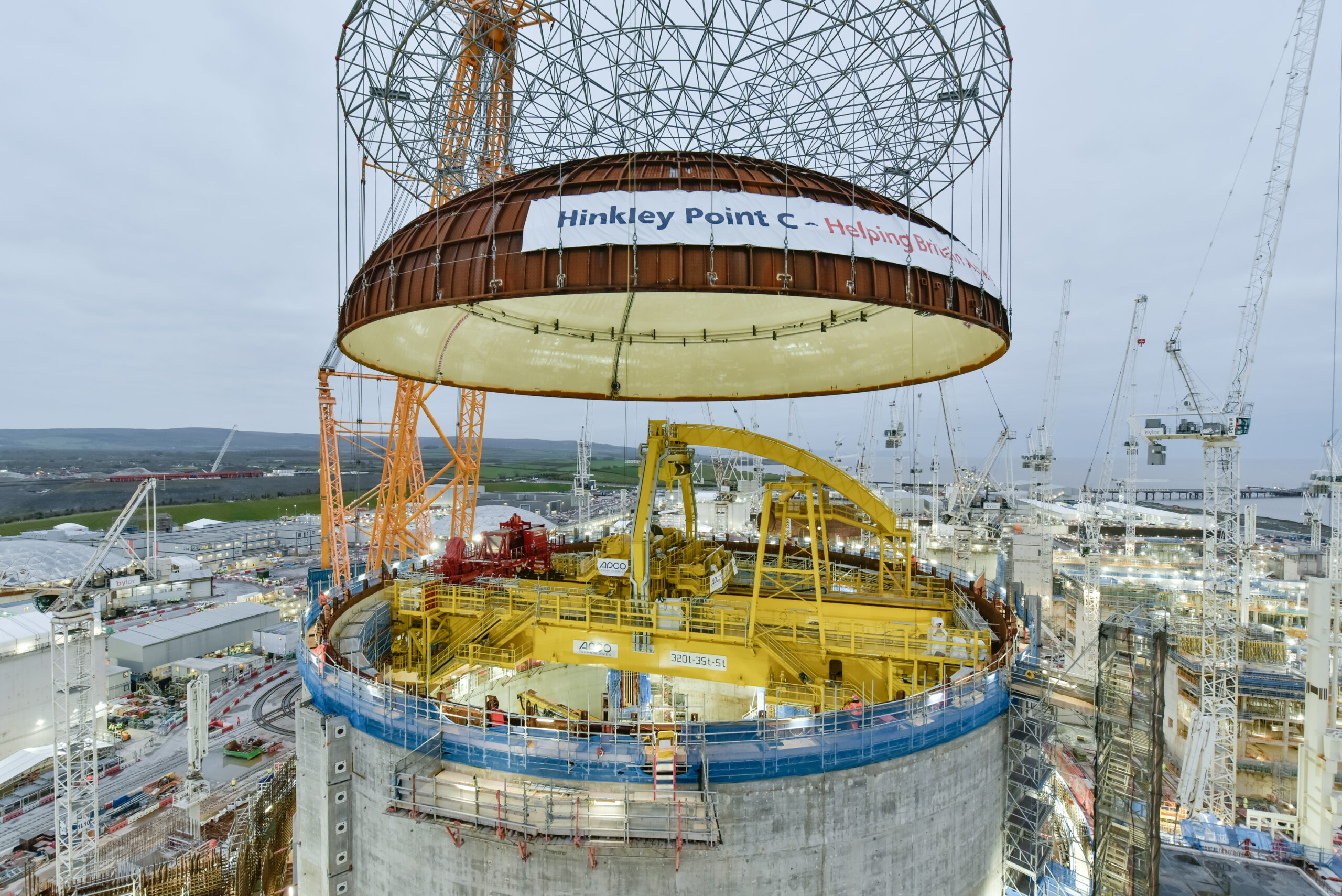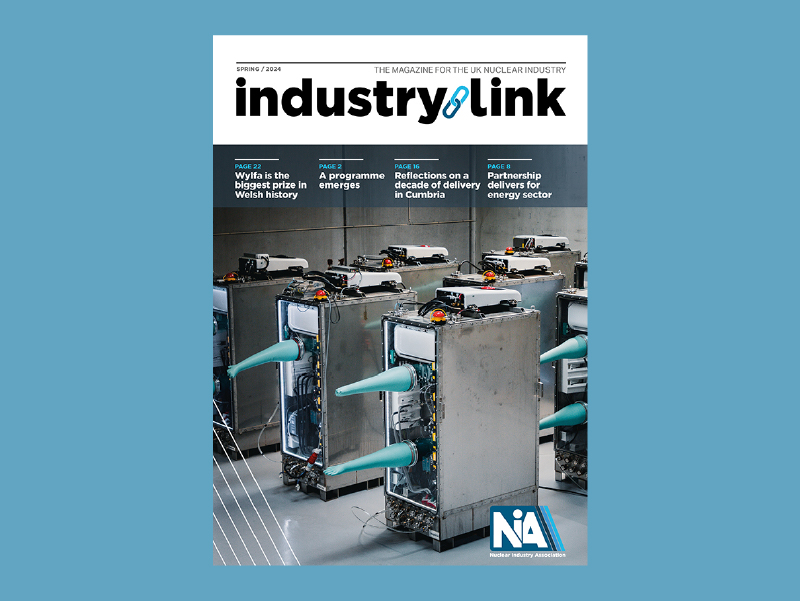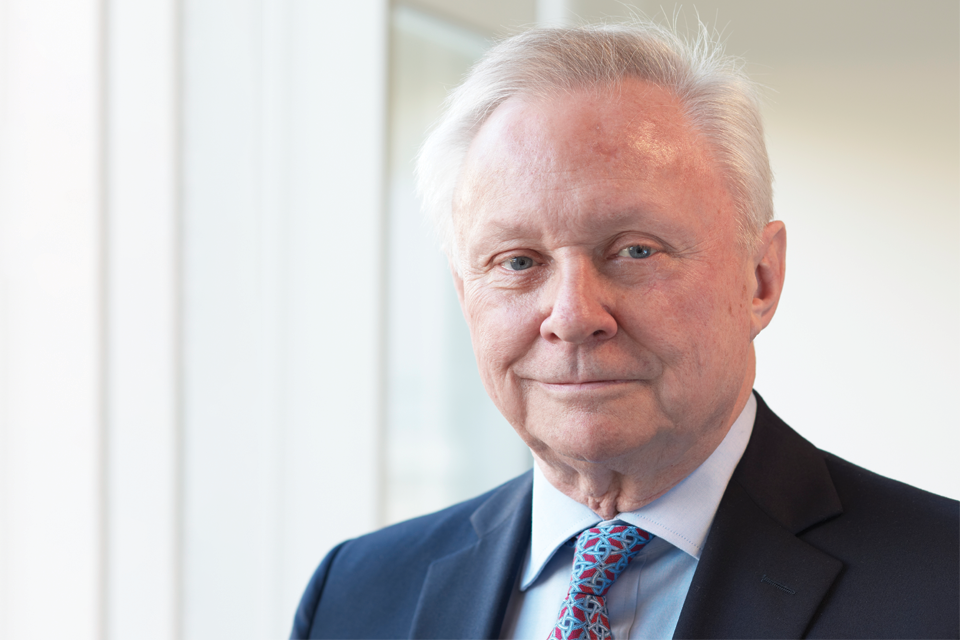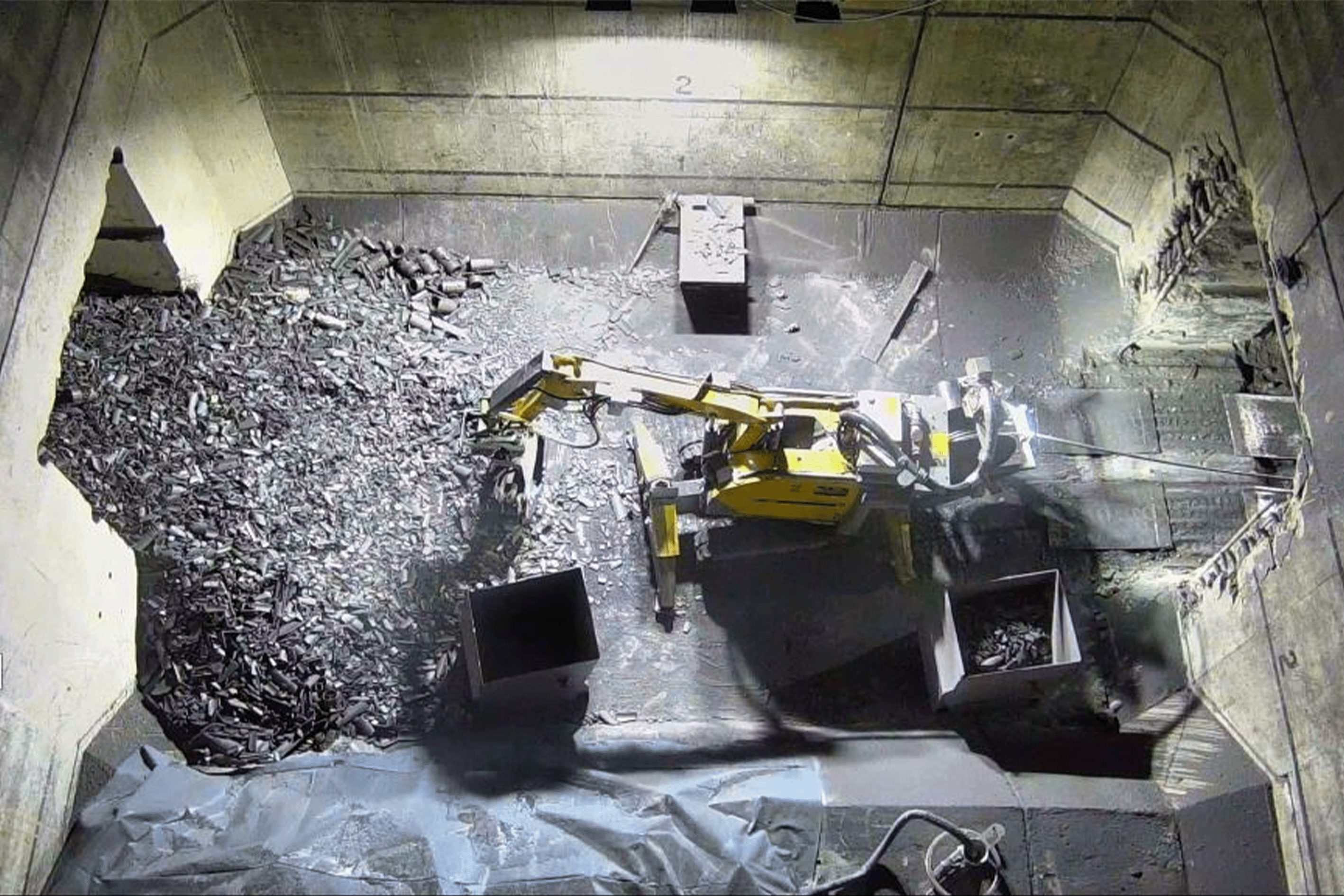The first nuclear reactor built for a British power station in more than 30-years is complete and ready for delivery to Hinkley Point C in Somerset
The “reactor pressure vessel” is the high strength steel cylinder that contains the nuclear fuel and the chain reaction needed to make heat. The heat is used to create high pressure steam for the world’s largest turbines. Teams have spent 80,000 engineering hours on its construction.
At just 13m long and weighing in at 500 tonnes, each of two reactor pressure vessels at Hinkley Point C will help power around 3-million British homes. They are designed to run continuously for 18 months at a time between refuelling.
The reactor has been built in France by Framatome; the same nuclear engineering company which built Britain’s last nuclear reactor, at Sizewell B in 1991. Since it went into operation in 1995, that reactor has provided 247 TWH, which is enough to power every home in Britain for 2 and a half years.
The centre of the reactor will have an average temperature of around 300°C and can withstand five times more pressure than a submarine at normal operating depths.
The building which will house the reactor is also taking shape in Somerset. On Monday morning, Big Carl, the world’s largest crane, lifted the final 11.6-metre prefabricated steel ring into place on Unit One – which now stands 44m tall.
The completion of the first reactor pressure vessel marks a major milestone in the construction of Hinkley Point C. Together, the two nuclear reactors will offset 600-million tonnes of carbon dioxide emissions over its 60-year lifetime – driving Britain towards net zero and stronger energy security.
